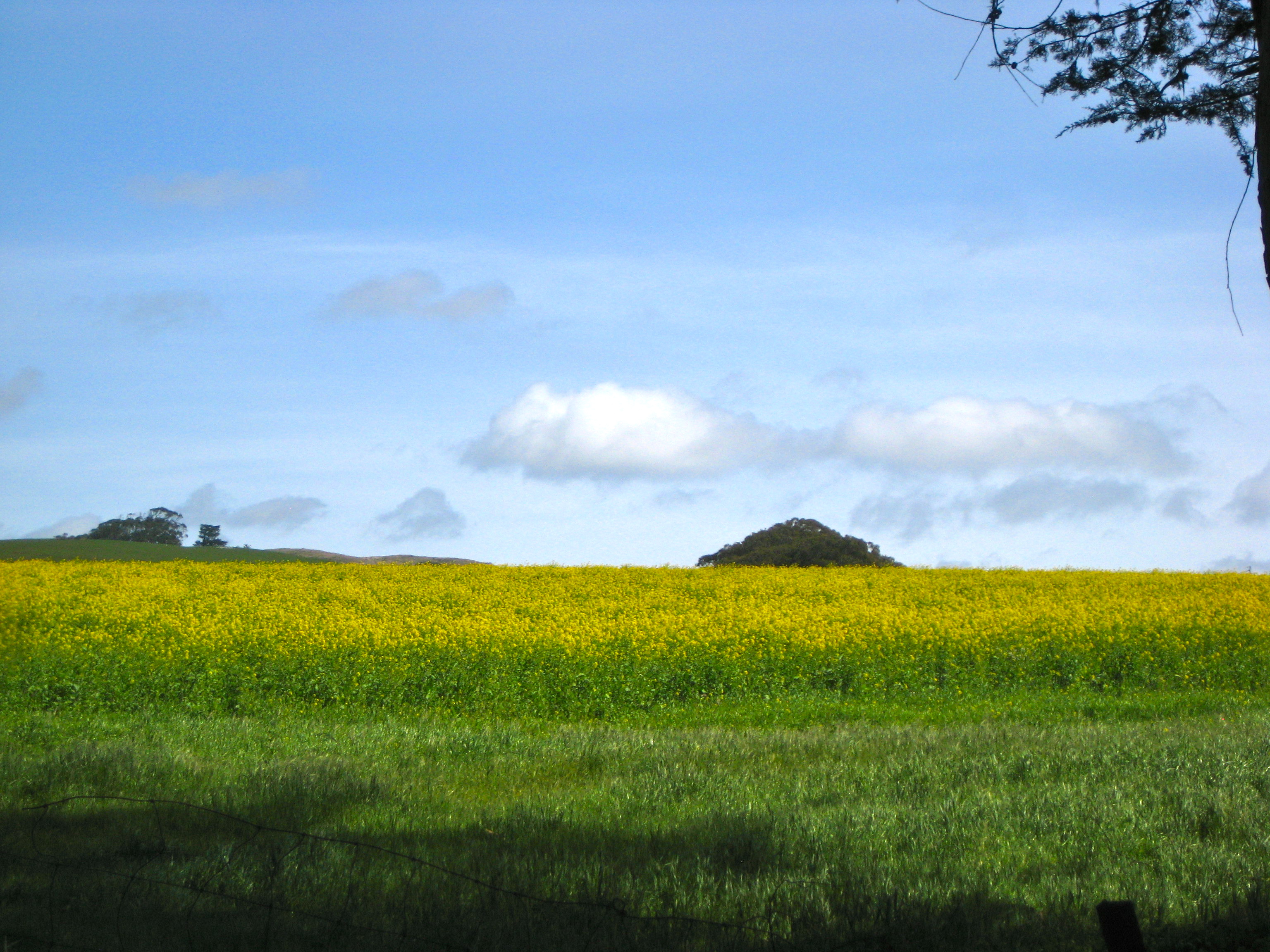Having spent the last two decades working with individuals and teams to improve performance, I’m constantly amazed that even when people want change and give it lip service, they fall woefully short.
It’s usually not because they don’t’ want to get better. It’s simply that they don’t know how to make learning and development stick. The problems or potential pitfalls are many but four of the biggest obstacles to your future success and ongoing growth boil down to:
1. Not figuring out what you need to focus on. In other words, accepting the status quo and getting lulled into a comfortable place where you don’t stretch and grow. So step one is to decide where you want and need to grow and develop as an Association. The biggest mistake that most Farm Credit Associations make is to not take the time to figure out how they need to grow and what skills they need to develop, enhance and employ to reach their ultimate vision.
Sometimes it’s not about developing new skills or overcoming weaknesses, but rather about enhancing existing strengths, igniting passions and leveraging talents. The most successful organizations have learned how to do this well. If you didn’t master this ability in the past, you are quickly finding that this is even more critical today with the influx of Millenials into the workforce.
2. Looking for the “quick fix.” Many Associations that fall short do so because they are looking for the magic formula, the silver bullet or some way to check the box and move onto the next objective or “to-do” item. Growth, training and development are NOT “check it off and done” activities. It is an ongoing process that requires dedicated attention and focus.
Peter Drucker, one of the leading management and thought gurus of the last century said it well – “The success and ultimately the survival of every business, large or small, depends in the last analysis on its ability to develop people.”
So the question becomes, “How am I developing myself (or the people in my organization)? This leads to the next pitfall.
3. Not having an effective process or system. Often times, I see people and organizations doing different things, but they are clueless as to what works and how to create lasting change. It’s a hit or miss approach that unfortunately is more of the latter. A system works when it’s built on proven processes that incorporate the way that we learn, retain and apply information.
So often, we are focused on the content and not the process. While I don’t want to say content is not important. I will say it is moot if there is not a good process for learning, retaining and applying. Let me share a simple example.
I’m often hired to do sales training in Farm Credit Associations. I think my Mastering Sales Magnetism sales content is the best out there. And it’s a perfect fit for the values and the culture of integrity within Farm Credit. Of course, I’m biased. But often I am hired because the decision-maker agrees that my content is a good match for the lessons they want to instill with their team.
But it doesn’t matter how good the content is if people aren’t given the tools, processes and means to implement it. Expecting people to retain and apply information from a single exposure is like making a bet when the odds are totally stacked against you. The odds can improve with a skilled facilitator and presenter, who incorporates interaction, skill building exercises and accountability challenges but that is not enough.
There needs to be process to follow-up and build on the face-to-face training. A process that incorporates repetition, retention and application. That is where the magic can and does happen if done properly.
4. Not creating an ongoing learning environment. Last but not least, learning has to be an ongoing and intentional process for both organizations and individuals who want to thrive. Like anything else, we must learn to learn. But not just for learning’s sake.
There’s a saying that “Knowledge is power.” I have countered that statement for the past 20 years as I have delved deeper into how people create true and powerful change. My version adds one critical word – “Applied knowledge is power.” It doesn’t matter how much we know if we are not doing something with that information.
Peter Drucker said it well, “We now accept the fact that learning is a lifelong process of keeping abreast of change. And the most pressing task is to teach people how to learn. “
Contact us if you have questions or interests in creating and implementing Growth Plans & Strategies for you or your team.



